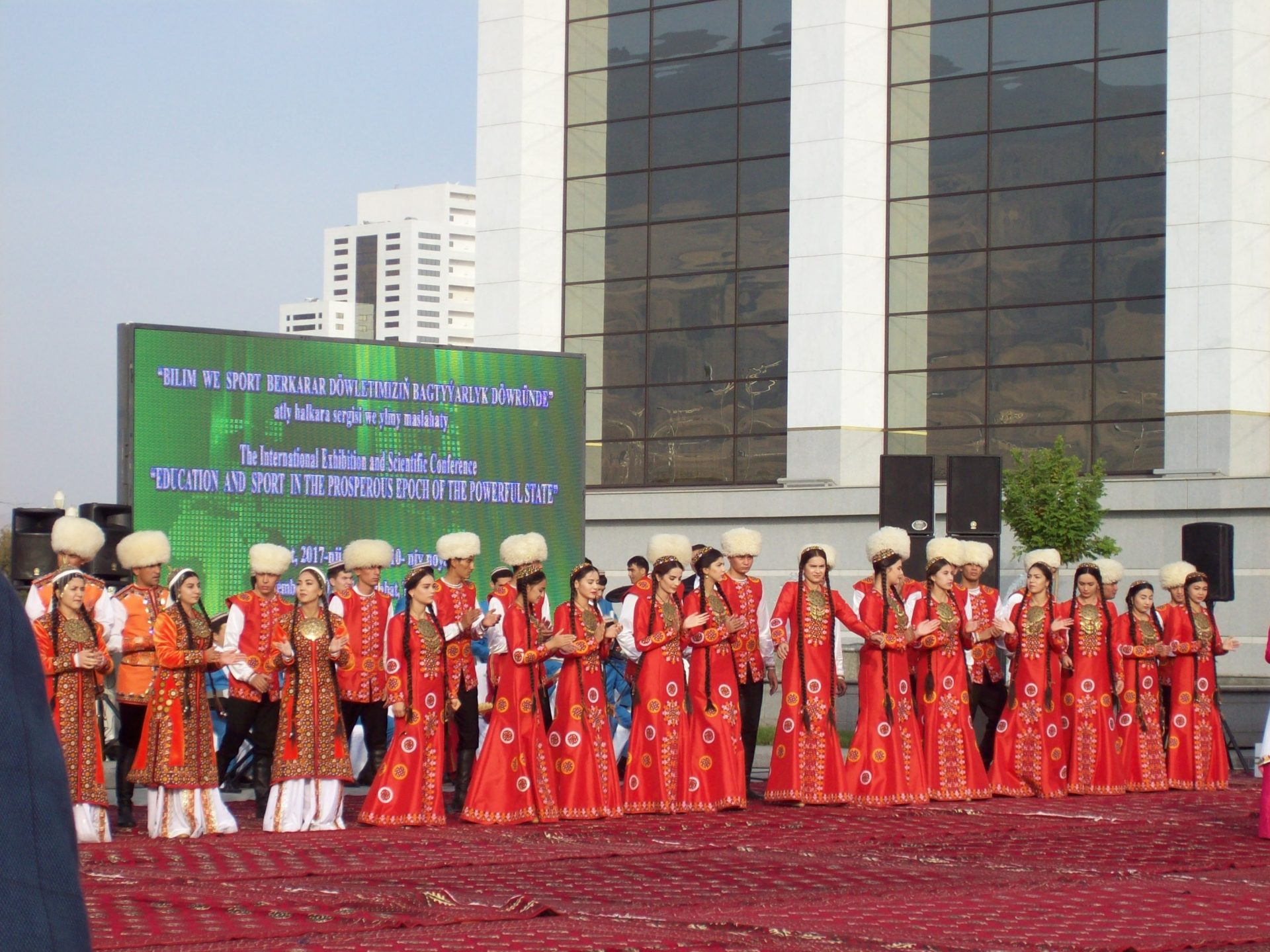Author
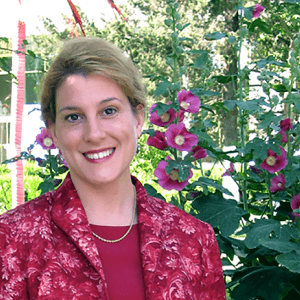
Victoria Clement
Victoria Clement is Eurasia Regional Analyst with Professional Solutions at the Center for Advanced Operational Culture Learning, Marine Corps University in Quantico, VA. Her research focuses on Central Asia and Turkey, with an emphasis on Turkmenistan. She is a former research fellow at the Woodrow Wilson Center for International Scholars in Washington, DC, and former professor at the Naval Postgraduate School in Monterey, CA. She is a founding member of the Central Eurasian Studies Society.
As Turkmenistan is an extremely closed country, foreign scholars rarely even visit, let alone study, it. It is therefore highly exciting to welcome a new book on Turkmenistan and Turkmenchilik by Victoria Clement.
First of all, please accept our sincere congratulations on the release of your new book, Learning to Become Turkmen. This book is one of the few English-language works to focus on Turkmens and Turkmenistan, probably among the most understudied nations and countries in the world. What do you talk about in the book? 
Thank you for asking me to talk with you. The book is a history of modern Turkmen culture and identity, with an emphasis on language and education policies.
The main link between these two was literacy. The book looks at the evolution of these elements over the past century, producing a decade-by-decade account of how each responded to changing political circumstances. Not only did education expand and modernize, but language was codified and standardized and a mainly oral community became a literate nation. These were major undertakings by both the state and the intellectual communities. The two did not always work together, however. For example, in the 1930s, many intellectuals were purged and influence changed dramatically. Nevertheless, I argue that over the years under study there was a push toward modernity that transcended political circumstances. As the definition of modernity was not constant, I advocate for the concept of “modernities,” recognizing that what is modern has more to do with the conceptualization of the self than it does with time or space.
In Learning to Become Turkmen, Victoria Clement examines the diverse culture of modern Turkmens and their legacy of different alphabets, multiple languages, and shifting education policies.
Having been in the shadow of first Persian and then Russian, the Turkmen language came onto the political scene only comparatively recently. Considering that Turkmen was not the first language of most of the local Soviet elite, even though they were natives of the republic, how did the language’s newfound role affect them after independence? Did the status of state language accorded to Turkmen privilege the mass of its speakers in any way?
Persian was an important language, especially among educated and elite Turkmen, as late as the early 20th century. Those Turkmen who became Soviet elites adopted Russian as the language of politics during that century. In 1990, even before Turkmenistan became an independent country, it adopted a language law that elevated Turkmen to the status of official language. In this way, the country was like many others: it saw the language of its majority population as being closely linked to national identity. The new status of the language did privilege those in society who spoke Turkmen, and those who spoke only Russian lost social and political power. The government began requiring officials to speak Turkmen in public. The president began speaking Turkmen and the education system, including higher education, slowly shifted to Turkmen. With each of these transitions there was dislocation and social upheaval whereby people’s everyday lives altered. The languages they spoke within their family may not have changed, but what they spoke in the workplace, schools and other public spaces did.
The reason for the founding of new method schools is succinctly covered in a 1915 news article by Muhammetguly Atabaý oglu in which he argued:
In our Turkmen schools nothing has changed since the time of Adam and it after four to five years children still cannot read or write a letter. But if children are taught according to the new [method] they learn to read and write inside of one year and in one school. If they learn to read and write according to the new [method] then they will be able to read every sort of book; [even] the Noble Qu’ran will be easier to read.
It is much easier to teach according to the new method (täze düzgün boýunça) because the teacher Aliev and others have published books according to this method.
Mugallym Muhammetguly Atabaýoglu ýazdy:
Ylymsyz hiç bir iş öňe gitmez, körlik bilen galar…Biziň Türkmen mekdeplerimizde okuw düzgüni Adam Ata döwürden bäri hiç bir üýtgeşen ýeri ýokdur we çagalar dört-bäş ýyl okap hem hat ýazmagy, okamagy bilmeýärler. Emma täze okadylşyna görä çagalar …bir ýerde bilim almany bolsalarda bir ýylyň içinde hem ýazmagy hem okamagy öwrenýärler. Eger çagalar täze okadylşyna görä okap hat ýazyp bilseler ondan soňra olara her tüýsli kitaplary, Kuran Şerifi okamak köp aňsat bolar.
Täze düzgün boýunça okatmak örän aňsatdyr sebäbi mugallim Aliew we başga adamlar şol düzgüne görä [ýaňy, usul-i jedide] ýagşy kitaplary çykarypdyrlar (neşir etdiripdirler)…
Mugallym Muhammetguly Atabaý oglu, “Okuw we Türkmen mekdepleri,” Ruznama-i Mawera-i Bahr-i Hazar, 9 January 1915, 2.
Turkmenistan transitioned to the Latin alphabet soon after the collapse of the USSR. A quarter-century later, how do we evaluate the results of this shift? Was it productive and for whom? Did it help or harm the education system? What lessons can countries like Kazakhstan draw from the Turkmen experience of changing to the Latin alphabet?
Turkmenistan’s leadership made the decision to shift from the Cyrillic script to a Latin-based one in 1993. President Niyazov determined to make the switch over the course of several years. In the end, implementation and standardization took a little longer than originally expected. The government, with the help of the intellectual community, made a big push to have adopted the new alphabet fully by 2000.
I think we can evaluate this shift as having been successful. While there were some delays in getting new school books at first and it took time to train teachers, I do not think that the implementation process ultimately impaired the education system. The issues facing the education system are the result of larger policies that have affected curriculum content and methods of learning.
The most important lesson Kazakhstan could take away from the Turkmen experience is to take the necessary time and be methodical so that things can be done efficiently. Such a reform involves newspapers, textbooks, documentation, and even street signs. The state should harness all these resources to aid people in the transition. This is a matter on which you want to see effective government fully engaged.
What about changes to culture, mentality, and social values? How would you describe a modern Turkmen? What are the differences between a Turkmen of 2018 and a Turkmen of 1988?
Modern Turkmen have demonstrated over the decades that, even under dramatically varying political circumstances, they want to see their society progress. Moreover, they remain interested in defining their own futures.
In 1988 Turkmen were citizens of the Soviet Union, therefore many aspects of public life have changed since that time: government, economics, symbols like the alphabet, the number of cars in the streets and the names of those streets. While public life has changed in many ways, local values persist: customs surrounding the family and hospitality toward guests are a couple that come to mind.
What about the tribal system in the country? How is it maintained now? Is being Ahal Teke a source of privilege?
There is not a tribal “system” per se, but there are tribal groups with which Turkmen identify. Ahal Teke is the most numerous and is also the one to which President Berdimuhamedow belongs, and therefore gets more attention.
Above all, people maintain their tribal identity through family ties. Most—though not all—people try to marry within their tribe. There are also everyday symbols that people wear (embroidered collars on dresses and headscarves) and display (in the ubiquitous carpets). The state flag displays the guls, or markings, of the five populous tribes.
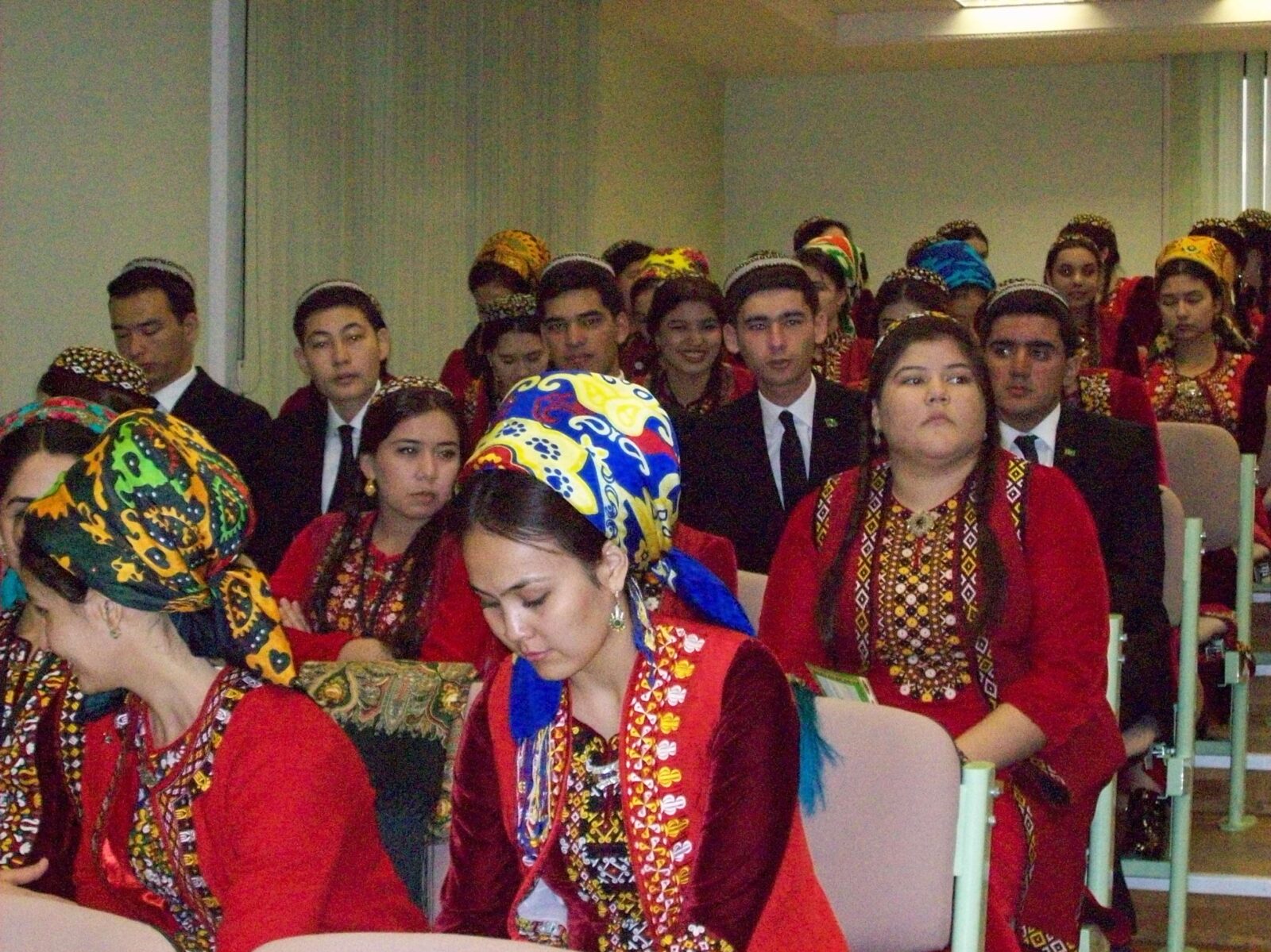
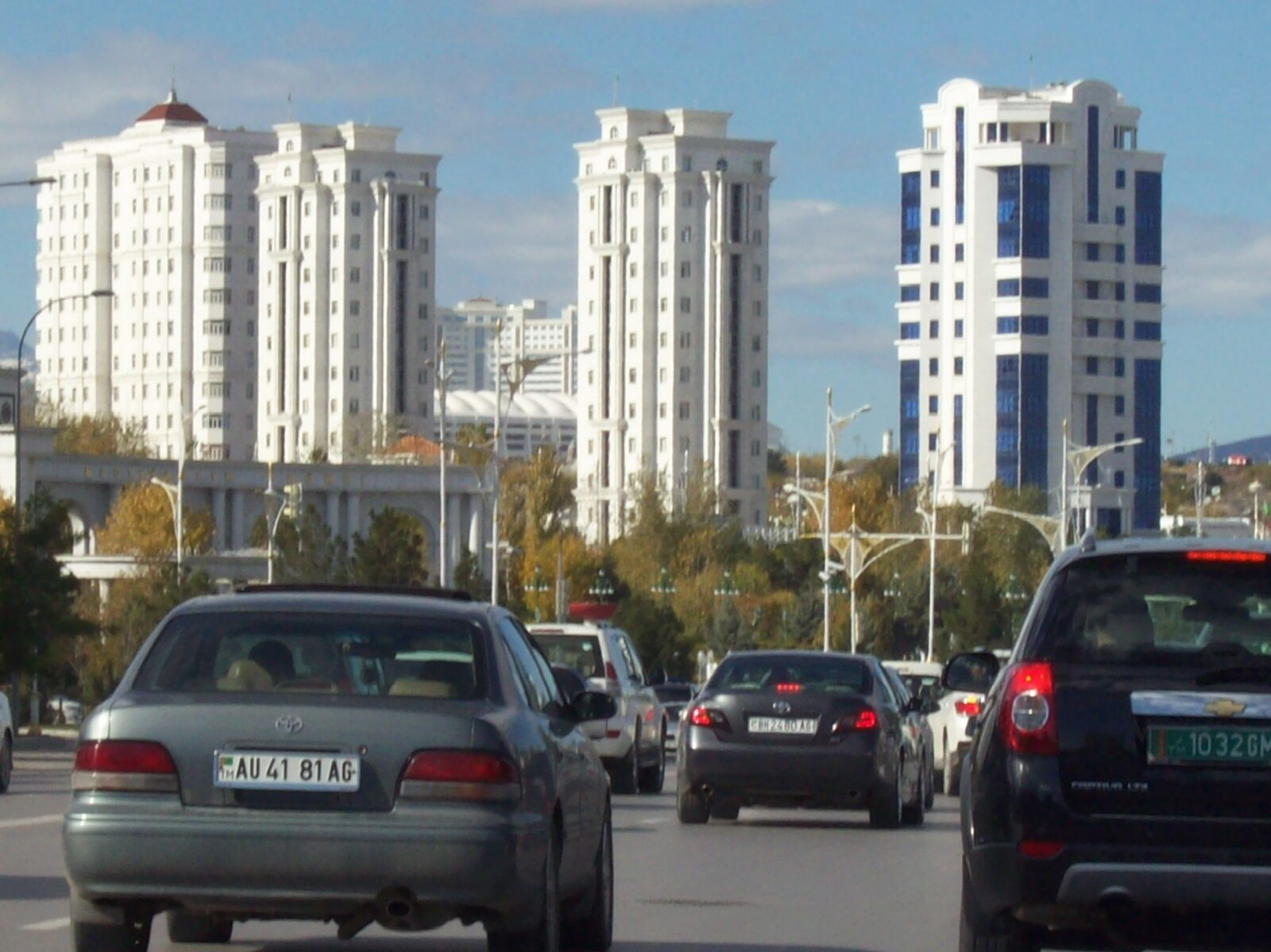
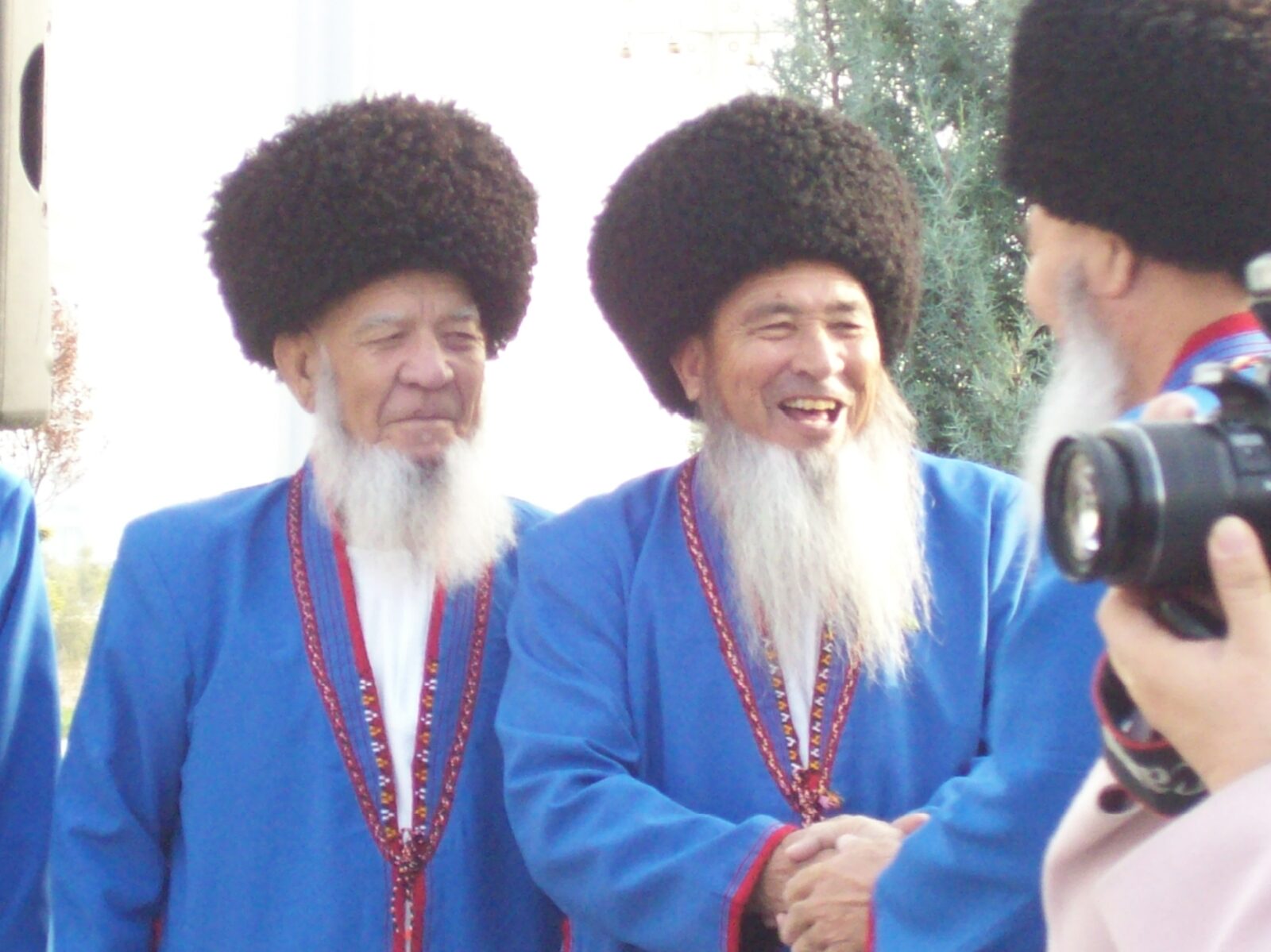
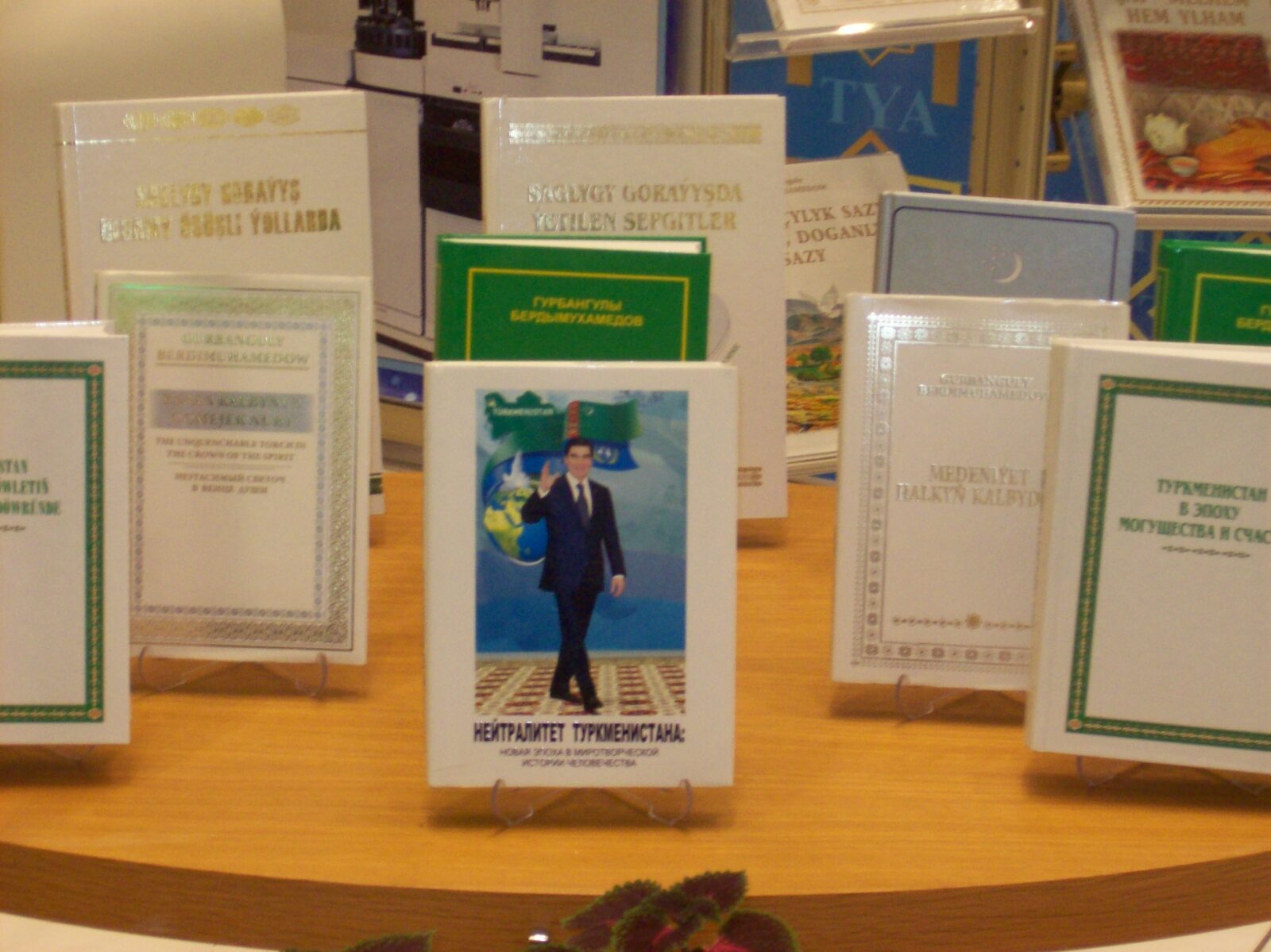
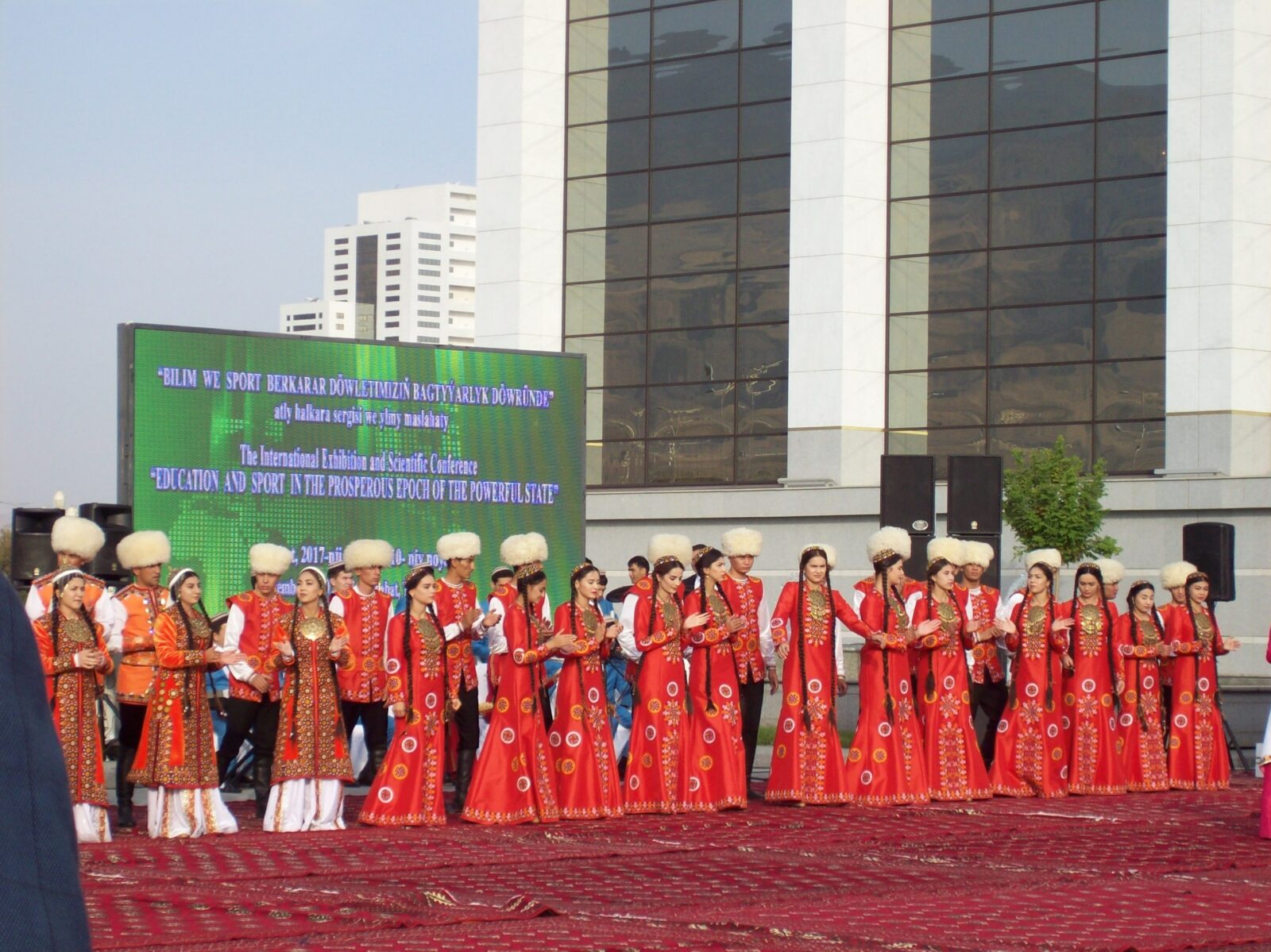
Because of the political specificities of the country, few scholars of Central Asia focus on Turkmenistan in their research. Why did you choose it and what does researching Turkmenistan and Turkmens give you?
I chose to study Turkmenistan precisely because it was understudied. There are very few English-language books about Turkmen history or culture and I wanted to contribute to awareness of the country. This is the first Western study to be based on the archives in Ashgabat, because it is difficult to get permission to work in the country. Americans need a visa and the Turkmen government often does not grant them.
I have been fortunate enough to have received the necessary visas to travel to Turkmenistan, and throughout the country, many times since my first stay there in 1997. During my most recent trip, in November 2017, I was able to celebrate 20 years of traveling in the country, having been there nearly every other year during that time. The longest I lived there was from fall 2001 through spring 2003. It was a turbulent time to be an American abroad, but I only ever felt welcomed by Turkmens, who have a profound sense of hospitality. I think the main reason that I was granted the visas was that I studied the Turkmen language; it also helped that my research focused on the history of language. Language is a great source of pride for modern Turkmens.
Above all, researching this country has given me friends and a profound sense of gratitude to a people who, over the course of many years, helped me realize my goal of writing this book. Without their help, this project would not have come to fruition.
If a friend or relative from your home country (USA) with little or no knowledge of Central Asia asked you what Turkmenistan is, how would you describe Turkmenistan in one sentence?
In fact, I can describe Turkmenistan in one word: Turkmenchilik or “Turkmen-ness.” This refers to the deep sense of pride in culture and history that Turkmens exhibit even in the bustle of everyday modern life.
From the Chapter:
Jadid-Inspired Paths to Modernity,
1914–1917
Without education no one advances. One stays behind, blind.
In the final years of the Russian empire, an intellectual awakening among Muslims stretched across Crimea, the Volga region, and Azerbaijan reaching Turkestan, and finally Transcaspia, where reformists, in their aim to make society modern, encouraged new methods of teaching and advanced social norms such as universal literacy or the education of women. Turkmen added their voices to the deliberation at the beginning of the twentieth century, most prominently in the pages of the Turkmen/Persian bilingual newspaper Ruznama-i Mawera-i Bahr-i Hazar, published from 1914 to 1917, in Așgabat. Writing about the need to change overall social conditions, they argued that Turkmen needed actively to engage modernity and pursue such ideals as the shaping of society through learning, through privileging secular knowledge over religious authority, and through the empowerment of the ordinary person by way of education.
This debate continued into the Soviet period, blending with Bolshevik projects that aimed to change society through a modern education combined with socialist values. But even before Bolshevism made its way to Turkmen lands, modernist thinkers favored sociocultural reform and, like Turks around the Russian empire, urged their fellow Muslims to “wake up [and] open schools . . . become literate and seek progress [tarakgy]!” To this end, a handful of Turkmen began setting up schools and publishing their ideas. Following the example of reform-minded Muslims throughout Eurasia, these Turkmen sought out modernity and attempted to situate themselves within the greater world, a world that was both Russian and Muslim.
Scholarship has traditionally left Turkmen out of the histories of Central Asian reformism—or Jadidism, as it is called in the literature. For example, Adeeb Khalid posits that cultural reform “never emerged as a viable phenomenon in Turkmen society.” However, a form of cultural activism among Turkmen obligates historians to include Turkmen in comprehensive studies of early Central Asian reform. The Turkmen belong in the historical record; their voices, ideas, and social activities should be acknowledged to more fully develop our access to Central Asian history. If we incorporate the Turkmen experience into the history of Jadidism more broadly, we widen our lens on that discourse and enhance our ability to understand its important role in Muslim Turks’ relationship with modernity and can then access the experiences of a people who straddled multiple worlds: territorially and culturally, the Turkic world; politically, colonial Russia; and spiritually and culturally, the greater Muslim world. Jadid-inspired Turkmen wanted to traverse all of them.
Turkmen had been actively participating in a Jadid reform discourse for only a few years when the Bolshevik Revolution took place. But Jadidism was short-lived among Turkmen, as just over a decade later, purges of Turkmen cultural workers caused a serious rupture in cultural affairs. The story of the Turkmen participation in the debates over tradition, modernity, Islam, and social transformation of the 1910s illustrates how Jadidism informed Turkmen thinking on all of these matters. Experiences within the greater Muslim world led Turkmen reformers to draw connections between literacy, learning, and Turkmen identity that would continue to be relevant throughout the twentieth and into the twenty-first century.
All photos by
Victoria Clement




